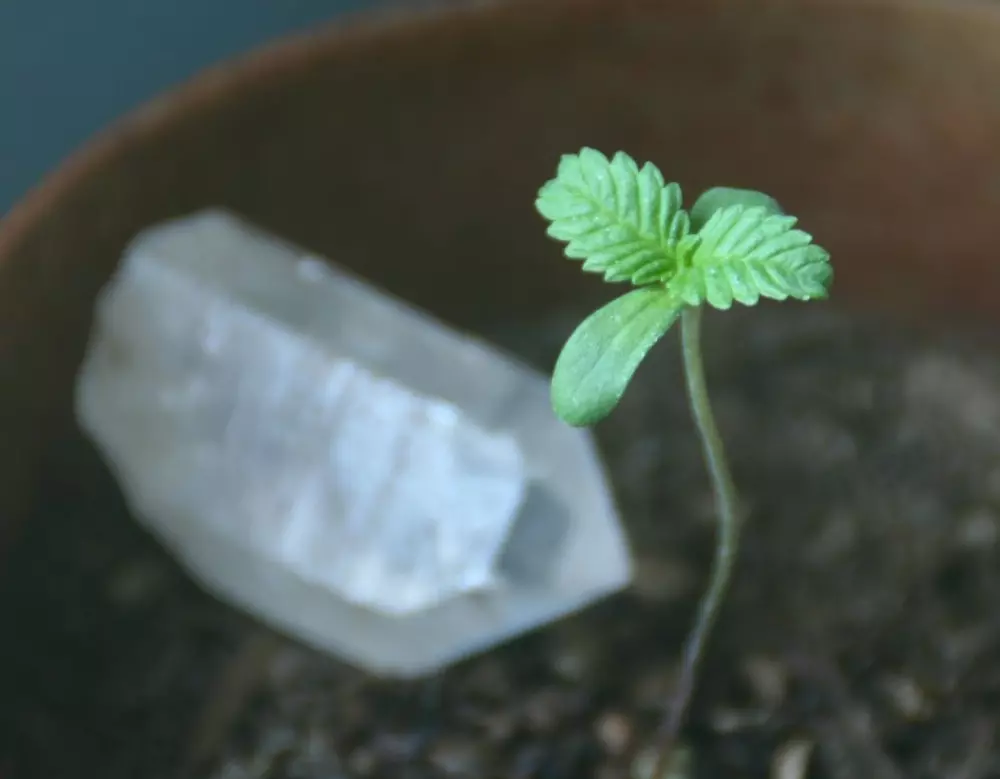Not many of us have the luxury of time, and even those who do want to see the fruits of their labor as quickly as possible. Recent innovations in cross-breeding cannabis varieties has led to “fast-flowering” seeds, which produce marijuana plants that put out delicious, top-quality bud in as little as 7 weeks from germination.
Often referred to as F1 seeds, these modern-day marvels are here to make the lives of all growers just a little easier. So what exactly are fast-flowering strains?
How Fast Are They?
As with all varieties of marijuana, there is no straight answer — and as always, plenty of variety. The majority of fast-flowering strains will be ready to harvest after 6-8 weeks in flowering, as compared to 8-11 weeks in their photoperiod counterparts. However, some strains boast as little as 5 weeks flowering time, promising no more than 7 weeks from seed to harvest. This means that, with the right timing and conditions, you could harvest up to 7 times in one year! For best results, start fast-flowering varieties out on a light cycle of 18/6 and then switch to 12/12 for flowering. If growing outdoors, you can assume that you’ll be harvesting about a week or two earlier than usual.Where Did Fast-Flowering Seeds Come From?
Some pretty smart weed farmers started playing around with cross-breeding well-established photoperiod strains with auto-flowering versions of the same variety. Photoperiod strains switch from the growth phase to the flowering stage when they get fewer hours of light per day; in nature, this means that they start to flower in the late summer. Autoflowering strains are not dependent on daylight, and start to flower automatically when they're a few weeks old. After seeing successful outcomes, these farmers began to standardize the process. Years of careful crossbreeding brought us the F1 strains that are on the market today. They are the result of crossing a feminized auto with a clone of a feminized photoperiod strain, creating a strain that carries the autoflowering gene, and is still light-dependent. They’re great because you get all of the benefits of photoperiod plants, all while shaving weeks off your flowering time. There are no compromises on quality or quantity. If grown right, you will never be able to tell the difference.Who They’re Best Suited For
If you’re just starting out, you might want to do a run with regular feminized photoperiod plants first, so you get an understanding of how the marijuana plant works and what her needs are, but there’s really nothing stopping you from diving straight into the world of fast-flowering seeds. For veteran growers, this is one of the most exciting recent developments in the cannabis community. Faster turnover times with no change in quality or yield? I wouldn’t be surprised if all popular strains were eventually exclusively bred as F1s. Of course, if you’re a commercial grower, this faster turnover time means less time between sales. Even if you’re just growing for fun then you’re usually pretty antsy to speed up the process and harvest your bounty. And of course if you’re growing somewhere covert, the shorter growing time, the better.Pros and Cons
The obvious pro here is less time between harvests, which in itself presents a whole set of benefits:- Less time between paydays
- Less electricity used per run
- Less time for potential insect infestations or mold
- Less chance of someone stumbling across your incognito garden
- No loss in quality or quantity: fast-flowering plants grow much bigger and denser buds than autoflowers
- Unlike autoflowers, fast-flowering varieties can be cloned
- More robust than auto-flowers and even most photoperiod strains
